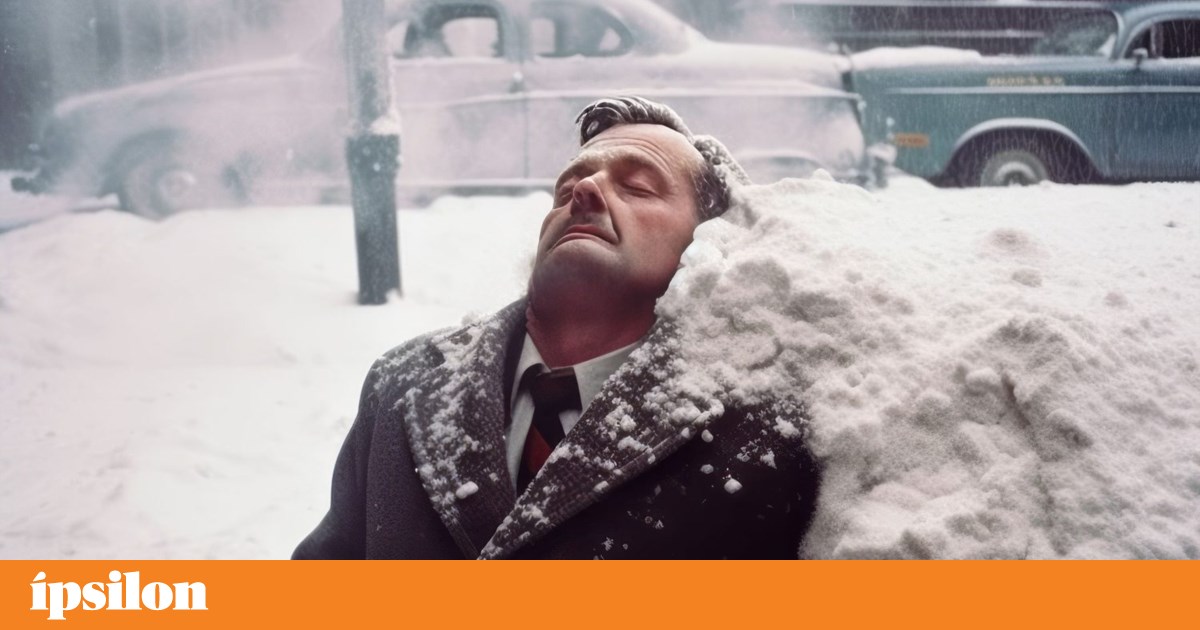The year was 2016. The campaigns of Donald Trump and Hillary Clinton, vying for the White House, dominated headlines and ignited deep-seated love-hate sentiments that resonated online and on social media, a place where information and misinformation abound. They competed on equal terms for voters' attention. Conspiracy theories rise to the level of culture the current This period was marked. With the QAnon movement at the forefront, hundreds of thousands of North American citizens began to believe a host of unverified data and information that would change their worldview (as well as their voting intentions).
From his home in New York, the British artist and former publicist Phil Toledano I observed these phenomena carefully. “At that point, I started to care about the idea that I was living in a reality that was completely different from other people’s,” he told Epsilon, in a video interview from New York. For several years, the artist has been trying to develop a project around conspiracy theories and their parallel realities. But at the end of 2022, when generative artificial intelligence (AI) tools – with platforms like ChatGPT, Midjourney and others – became accessible to the general public and made it possible to create realistic-looking synthetic images in a few seconds, Toledano had his time. Eureka.
“Photography has not been around for a long time,” he says, referring to the emergence of photography in the first half of the nineteenth century. “Since its invention it has been closely associated with newspapers, with the idea of evidence, proof, truth.” When the possibility of generating something that looked like a photograph but was not a photograph arose, Toledano wanted to open the door to doubt, to “pull the rug” out of those who (still) trusted photographs. That's how I was born Another Americathe project conceived mid-flight that is rewriting the history of the United States.
Produced by Toledano using generative AI, dozens of images from the project, in an aesthetic that nods to the “golden age of photography,” describe fascinating and unexpected scenarios, accompanied by captions linking them to real periods and places.
one of the pictures, The Frozen Dead in Montclair, New JerseyIt paints a picture of the harsh winter of 1954. The caption reads: “On 27 occasions, temperatures dropped, within minutes, to minus 40 degrees, resulting in 14 instant deaths.” In the middle, a man named Donald Tway, 52, is shown apparently dead and covered in snow up to chest height.
The phenomenon never happened and Donald Tway is a fictional character. “Artificial intelligence makes it possible to generate convincing evidence supporting any kind of lie,” says the artist, closing the circle he initially opened when referring to the role of conspiracy theories in North American society. “Since the advent of artificial intelligence, what images can we believe in?” What are the implications of the mass dissemination of this type of image on the Internet and what are the consequences for individual and collective understandings of the present? What are the supporting elements of our historical structure in the future?
Another America It's just a starting point for a discussion that Toledano finds urgent. “Because pseudohistory could one day be really convincing.”

“Proud coffee junkie. Gamer. Hardcore introvert. Social media trailblazer.”

